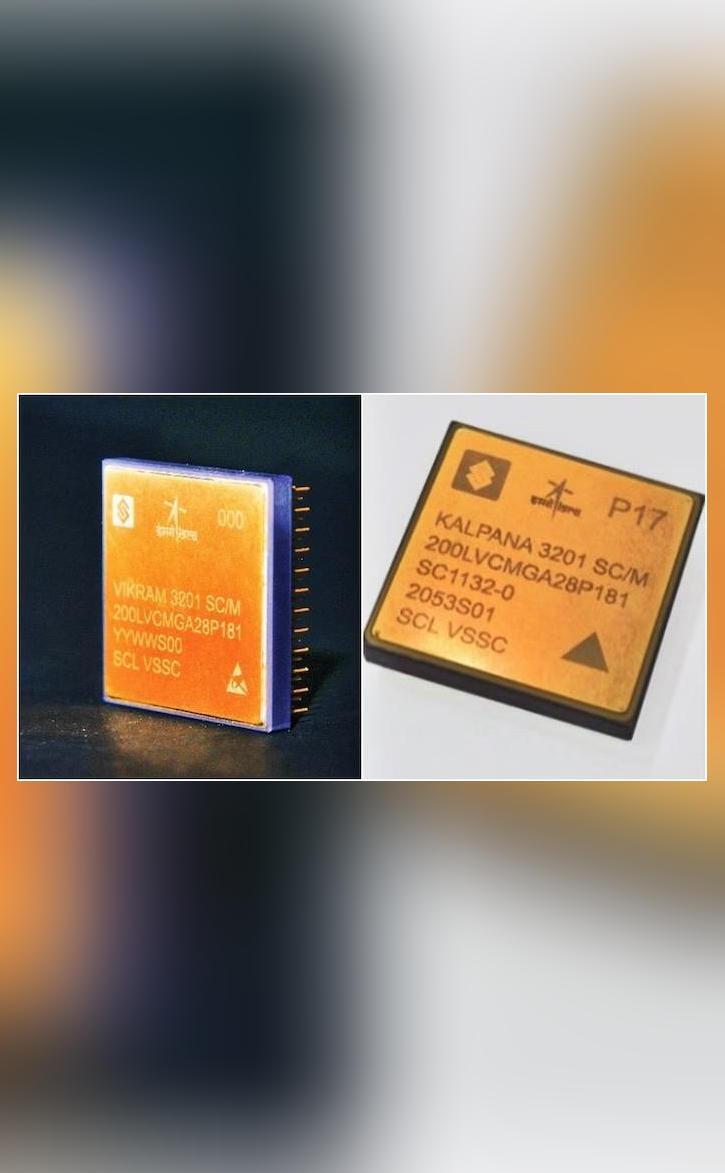
ISRO & SCL Develop 32-bit Microprocessors for Space Applications
In a significant achievement for the Indian space sector, the Indian Space Research Organisation (ISRO) and the Semiconductor Laboratory in Chandigarh have jointly developed two 32-bit microprocessors, VIKRAM3201 and KALPANA3201. These microprocessors have been designed specifically for use in space applications, and their development marks a major milestone in India’s journey towards self-reliance in the space industry.
VIKRAM3201, the first fully “Make-in-India” 32-bit microprocessor, has been qualified for use in the harsh environmental conditions of launch vehicles. This achievement is a significant step forward for India’s space program, as it enables the country to design and develop its own microprocessors for space applications, rather than relying on imports.
The development of VIKRAM3201 and KALPANA3201 is a result of the collaboration between ISRO and SCL, which has been ongoing for several years. The two organizations have worked together to design and develop the microprocessors, which are designed to meet the specific requirements of space applications.
One of the key challenges in developing microprocessors for space applications is the need to withstand the harsh environmental conditions of launch vehicles. These conditions include extreme temperatures, radiation, and vibrations, which can damage or destroy electronic components. The development of VIKRAM3201 and KALPANA3201 has involved extensive testing and validation to ensure that the microprocessors can withstand these conditions.
The VIKRAM3201 microprocessor is a 32-bit processor that has a clock speed of 50 MHz and a power consumption of 1.2 watts. It has a memory capacity of 64 KB and is capable of handling a variety of tasks, including data processing, communication, and control. The microprocessor is designed to be used in a variety of space applications, including launch vehicles, satellites, and ground stations.
The KALPANA3201 microprocessor is also a 32-bit processor, but it has a higher clock speed of 100 MHz and a power consumption of 2.4 watts. It has a memory capacity of 128 KB and is designed to be used in more complex space applications, such as satellite control systems and ground stations.
The development of VIKRAM3201 and KALPANA3201 is a significant achievement for ISRO and SCL, as it demonstrates the capabilities of Indian industry in designing and developing high-performance microprocessors for space applications. The microprocessors are expected to be used in a variety of ISRO missions, including the upcoming Gaganyaan crewed spacecraft mission.
The development of VIKRAM3201 and KALPANA3201 is also expected to have a significant impact on the Indian space industry as a whole. The microprocessors are designed to be used in a variety of space applications, and their development is expected to enable Indian industry to design and develop more complex space systems. The microprocessors are also expected to be used in other industries, such as aerospace and defense, which will help to drive economic growth and create new job opportunities.
In conclusion, the development of VIKRAM3201 and KALPANA3201 by ISRO and SCL is a significant achievement for the Indian space sector. The microprocessors have been designed specifically for use in space applications and have been developed to withstand the harsh environmental conditions of launch vehicles. Their development is expected to have a significant impact on the Indian space industry, as it enables Indian industry to design and develop more complex space systems. The microprocessors are also expected to be used in other industries, such as aerospace and defense, which will help to drive economic growth and create new job opportunities.






